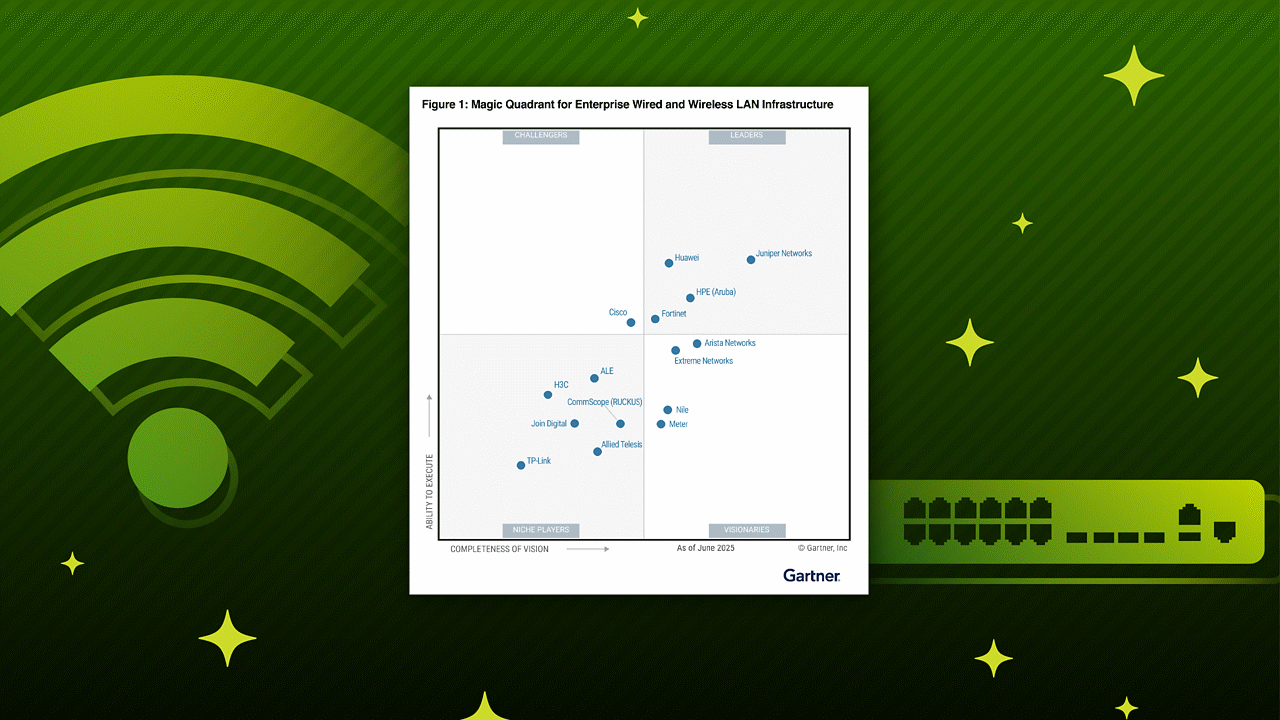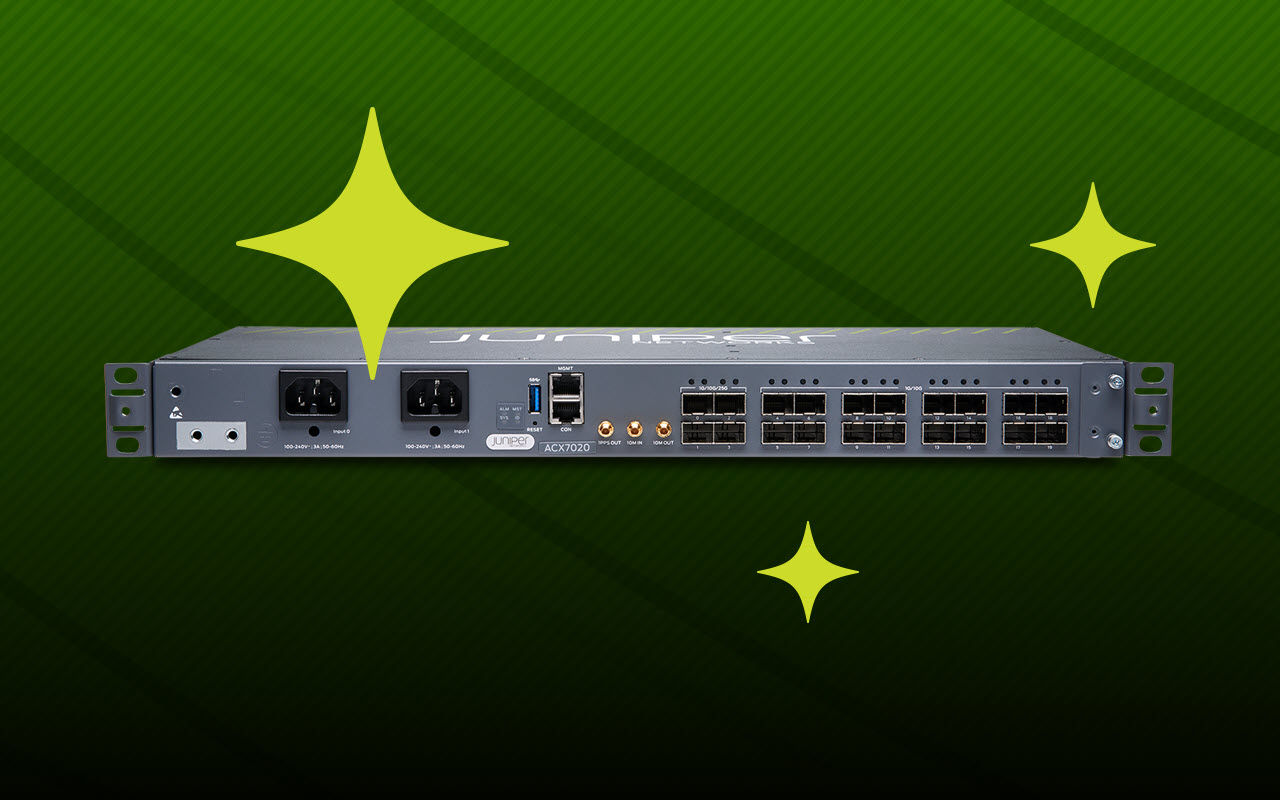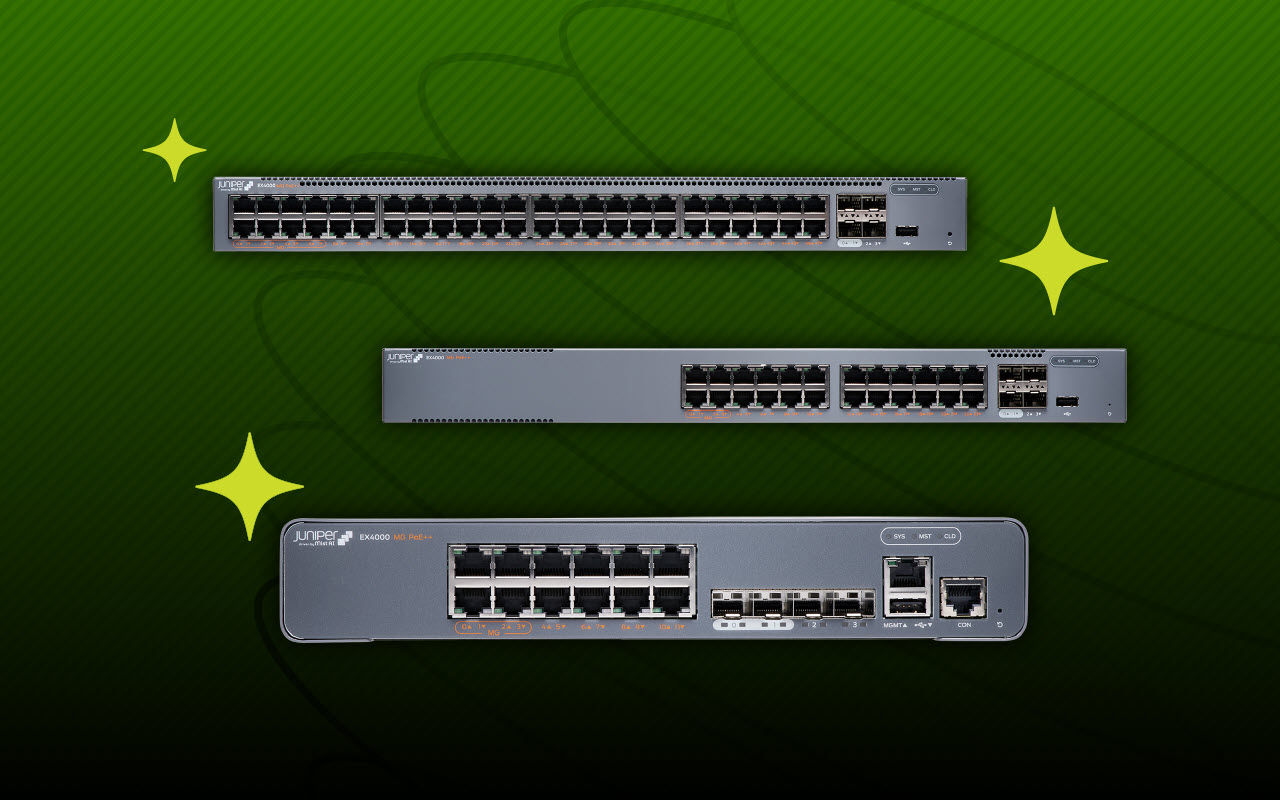- Digital Certificates
- Certificate Authority
- Self-Signed Digital Certificates
- Enroll a Certificate
- Revoke a Certificate
- Validate a Certificate
- Update a Certificate
- Delete a Certificate
- play_arrow Configuration Statements and Operational Commands
PKI Overview
Learn about PKI and PKI elements in Junos OS and understand the benefits of PKI.
Introduction to PKI
PKI provides a way of verifying the identity of a remote site by using a digital certificate. PKI uses a CA to validate and digitally sign your information. This process ensures that neither your information nor the signature can be modified. Once you sign your information, the information becomes a digital certificate. Devices that receive a digital certificate verify the certificate’s information by validating the signature with public key cryptography.
The PKI consists of the following components for managing digital certificates:
RA: Verifies the identities of entities, authorizes their certificate requests,and generates unique asymmetric keypair (unless the users’ certificate requests already contain public keys).
CA: Issues corresponding digital certificates for the requesting entities.
CRL: Identifies the certificates that are no longer valid. Each entity possessing the authentic public key of a CA can verify the issued certificates.
How PKI Works
PKI supports the distribution and identification of public encryption keys, enabling users to both securely exchange data over networks such as the Internet and verify the identity of the other party.
Figure 1 shows how the authentication happens between two users using the public and private key.

PKI Key Components | Description |
|---|---|
CA | A trusted third-party organization that creates, enrolls, validates, and revokes digital certificates. The CA guarantees a user’s identity, issues public and private keys for message encryption and decryption. |
Registration authority (RA) | Verifies the identities of entities, authorizes their certificate requests, and generates unique asymmetric keypair unless the users’ certificate requests already contain public keys. |
Digital certificates | Electronic documents that contain information about the entity, such as a VPN gateway. The CA signs the digital certificates to ensure their authenticity and integrity. |
Public and private keys | A pair of keys used in public key cryptography, generated simultaneously, and linked mathematically. The public key is used for encryption, while the private key is used for decryption. These keys are |
IKE and PKI | During IKE Phase 1 setup, a certificate can identify the peer by IP address, FQDN, user FQDN (U-FQDN), or DN. The CA adds the IKE ID to the SubjectAlternativeName field of the certificate. |
Certificate LCM | Includes phases such as:
|
Benefits of PKI
- Enhanced security: PKI provides robust security by using asymmetric cryptography, which is more secure than symmetric cryptography. The use of public and private keys ensures that data encrypted with a public key can only be decrypted with the corresponding private key.
- Trust hierarchy: PKI establishes a trust hierarchy through the use of CAs, RAs, and Certificate Repositories. This hierarchy ensures that all entities within the network trust each other based on their certificates and the CA that issued them.
- Data integrity: Digital certificates issued by PKI ensure the integrity of data by providing a way to verify the authenticity of the sender and the data itself. This authenticity verification prevents tampering or alteration of data during transmission.
- Scalability: PKI is scalable and can be used in large networks with multiple entities. It supports various standards like X.509 and Public Key Cryptography Standards (PKCS), making it versatile and adaptable to different network configurations.
- Ease of management: While setting up a PKI requires some initial configuration, it simplifies the management of digital certificates and keys. This makes it easier to manage and maintain secure connections across the network.
PKI Terminology
| Term | Description |
|---|---|
| PKI | A framework that enables secure, encrypted communications and digital signature services. |
| CA | An entity that issues digital certificates. |
| Digital certificate | A digital form of identification issued by a CA that verifies authenticity. |
| CRL | A list of certificates that have been revoked by a CA before their expiration date. |
| Enrollment | The process of requesting and receiving a digital certificate from a CA. |
| Keypair | A pair of cryptographic keys (public and private) used for encryption and decryption. |
| Root certificate | The top-most certificate in the certificate chain, issued by a root CA. |
| Self-signed certificate | A certificate that is signed by the system creating it, rather than a trusted CA creating it. |
| Private key | The secret part of the keypair used in asymmetric encryption. |
| Public key | The non-secret part of the keypair used in asymmetric encryption. |
| Digital signature | A mathematical scheme for verifying the authenticity of digital messages or documents. |
| Certificate chain | A sequence of certificates, where each certificate is signed by the subsequent CA. |






















